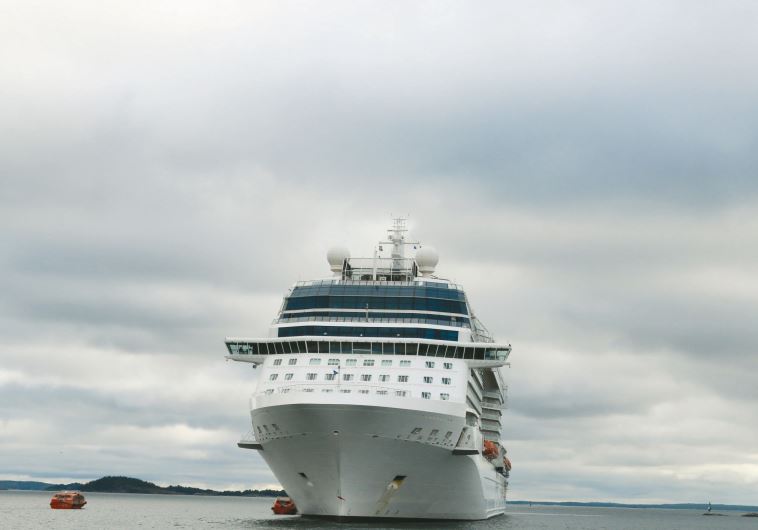Celebrity style on the Baltic Sea
To escape Israel’s heat, a European cruise takes the guesswork out of travel and never falters on activities or sights to see.
 The ‘Celebrity Silhouette’ moored off the coast of Stockholm, Sweden(photo credit: SHMUEL BAR-AM)Updated: Read More
The ‘Celebrity Silhouette’ moored off the coast of Stockholm, Sweden(photo credit: SHMUEL BAR-AM)Updated: Read More